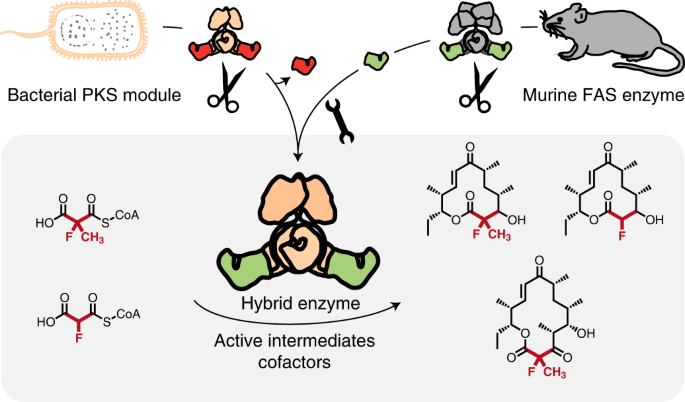2022-08-03 カナダ・ブリティッシュコロンビア大学(URC)
 The research team tracked the driving records of more than 9,200 people who visited an emergency department for fainting.
The research team tracked the driving records of more than 9,200 people who visited an emergency department for fainting.
研究チームは、失神で救急外来を受診した9,200人以上の運転記録を追跡調査した。
救急外来を受診した翌年、失神者の9.2%が運転者として自動車事故に巻き込まれた。その他の理由で救急部を受診した人のうち、10.1%が翌年に事故を起こしました。一般人のドライバーのうち、年間約8.2%が事故に巻き込まれています。
研究者らは、再度の失神の危険性が最も高い人にのみ運転させないという現在の規制の下では、失神後の1年間に車を衝突させる危険性は高くはないと結論づけた。
<関連情報>
- https://news.ubc.ca/2022/08/03/you-fainted-are-you-ok-to-drive/
- https://jamanetwork.com/journals/jamainternalmedicine/fullarticle/2794651
失神とその後の自動車事故リスクに関する集団ベースのレトロスペクティブ・コホート研究 Syncope and the Risk of Subsequent Motor Vehicle CrashA Population-Based Retrospective Cohort Study
John A. Staples; Shannon Erdelyi, Ketki Merchant, Candace Yip, Mayesha Khan, Donald A. Redelmeier, Herbert Chan, Jeffrey R. Brubacher
JAMA Internal Medicine Published:August 1, 2022
DOI:10.1001/jamainternmed.2022.2865
Key Points
Question Is first-episode syncope associated with an increased risk of subsequent motor vehicle crash?
Findings This population-based retrospective observational cohort study examined 9223 patients who visited the emergency department (ED) for first-episode syncope and 34 366 matched control patients who visited the ED for a condition other than syncope. Researchers found that the risk of motor vehicle crash during the following year was similar in both groups.
Meaning In contrast to the results of previous studies, these findings suggest that more stringent driving restrictions after syncope may not be necessary.
Abstract
Importance Medical driving restrictions are burdensome, yet syncope recurrence while driving can cause a motor vehicle crash (MVC). Few empirical data inform current driving restrictions after syncope.
Objective To examine MVC risk among patients visiting the emergency department (ED) after first-episode syncope.
Design, Setting, and Participants A population-based, retrospective observational cohort study of MVC risk after first-episode syncope was performed in British Columbia, Canada. Patients visiting any of 6 urban EDs for syncope and collapse were age- and sex-matched to 4 control patients visiting the same ED in the same month for a condition other than syncope. Patients’ ED medical records were linked to administrative health records, driving history, and detailed crash reports. Crash-free survival among individuals with syncope was then compared with that among matched control patients. Data analyses were performed from May 2020 to March 2022.
Exposures Initial ED visit for syncope.
Main Outcomes and Measures Involvement as a driver in an MVC in the year following the index ED visit. Crashes were identified using insurance claim data and police crash reports.
Results The study cohort included 43 589 patients (9223 patients with syncope and 34 366 controls; median [IQR] age, 54 [35-72] years; 22 360 [51.3%] women; 5033 [11.5%] rural residents). At baseline, crude MVC incidence rates among both the syncope and control groups were higher than among the general population (12.2, 13.2, and 8.2 crashes per 100 driver-years, respectively). In the year following index ED visit, 846 first crashes occurred in the syncope group and 3457 first crashes occurred in the control group, indicating no significant difference in subsequent MVC risk (9.2% vs 10.1%; adjusted hazard ratio [aHR], 0.93; 95% CI, 0.87-1.01; P = .07). Subsequent crash risk among patients with syncope was not significantly increased in the first 30 days after index ED visit (aHR, 1.07; 95% CI, 0.84-1.36; P = .56) or among subgroups at higher risk of adverse events after syncope (eg, age >65 years; cardiogenic syncope; Canadian Syncope Risk Score ≥1).
Conclusions and Relevance The findings of this population-based retrospective cohort study suggest that patients visiting the ED with first-episode syncope exhibit a subsequent crash risk no different than the average ED patient. More stringent driving restrictions after syncope may not be warranted.


